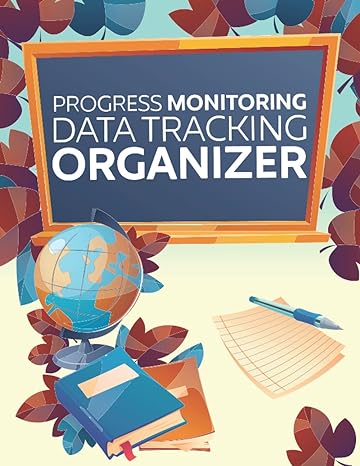Answered step by step
Verified Expert Solution
Question
1 Approved Answer
The variable TOWN includes the names of the towns in the data. There may be more than one census tract per town. The variable TOWN
The variable TOWN includes the names of the towns in the data. There may be more than one census tract per town. The variable TOWNaaa includes coding for each of the towns in the data so that, in general, all census tracks in a single town have a single code. However, some of this coding also seems to be incorrect. If you display the data for the variables TOWN and TOWNaaa you will see that rather than an integer the code for North is Reading another character string. Beyond census tract # there is a lot more of this type miscoding
The variable crim note the lowercase letters seems to represent the crime rate by census tract. Perhaps it is the per capita crime rate. Note that Harrison and Rubinfeld just say it is the crime rate by town. The data says otherwise. The variable lstat again note the lowercase letters represents the proportion of the population that is lower socioeconomic status. You should take time to look at the data to make sure you understand it The following questions help you consider how the different variables change by town and demographic.
This bullet point is just something for you to think about when you setup your analysis. It might be easier to answer the following questions for you to rename the observations that were miscoded, ie with character strings rather than integer coding. For example, you would need to rename Reading to be Strictly speaking, this is not necessarily because all of the TOWNaaa codes are unique. However, it might be easier for all of them to be integer codes. Unfortunately, the numbering doesnt work for Boston so if you do this you might just want to use a dummy integer such as Even this is not truly necessary if you setup your analysis using samples from the census track numbers, ie through and including
For this part of the question consider crime as a function of the number of people in lower socioeconomic status. For your final answer, you want to determine if there are statistically significant differences in crime between the towns in the dataset depending on the number of citizens in lower socioeconomic status. Lets consider the simplest cases first, ie is there a significant difference in crime across the towns separate from the existence of lower socioeconomic citizens? And second, is there a significant difference in the number of citizens in the lower socioeconomic status across towns? To do this well consider just the towns Newton encoded as TOWNaaa or census tracks through and including and Boston encoded as TOWNaaa
AllstonBrighton
Back
Beacon
North
Charlestown
East
South
Downtown
Roxbury
Savin
Dorchester
Mattapan
Forest
West
Hydeand census tracks through and including
Again, since there are more census tracks here than could be condensed to one integer that would fit in the TOWNaaa coding list, you can setup a dummy integer for Boston you can remember, eg Or you can do the analysis using a range of census tracts.
The reason you can condense your analysis across all towns is because Newton is considered a very affluent community whereas big areas of Boston such as Allston and Roxbury are not affluent at all. In fact, nearly or almost out of people in Boston live in poverty Boston Redevelopment Authority, That is you can decide if there is a difference across the towns in the dataset by looking at the two extremes represented by the data.
For the crim variable, determine if there is a statistically significant variation between Newton and Boston using a significance level.
Such a statistically significant variation exists and we must reject the null hypothesis
Step by Step Solution
There are 3 Steps involved in it
Step: 1

Get Instant Access to Expert-Tailored Solutions
See step-by-step solutions with expert insights and AI powered tools for academic success
Step: 2

Step: 3

Ace Your Homework with AI
Get the answers you need in no time with our AI-driven, step-by-step assistance
Get Started


